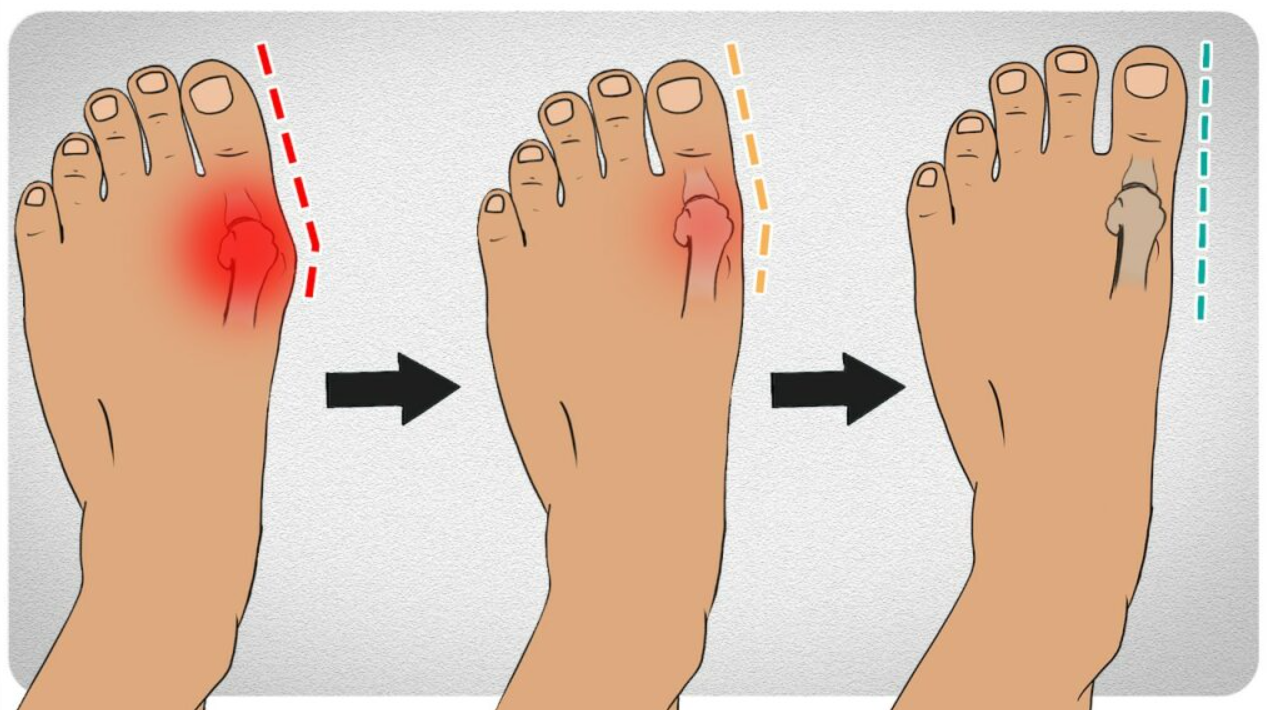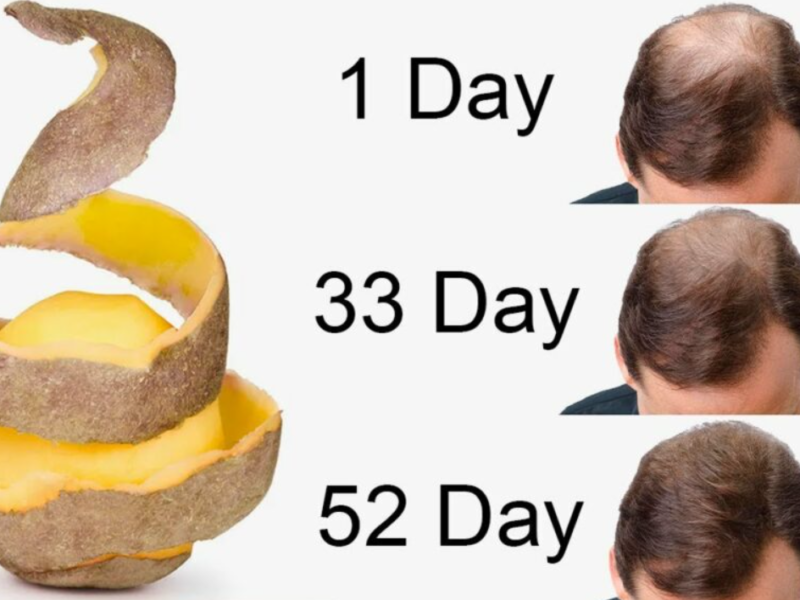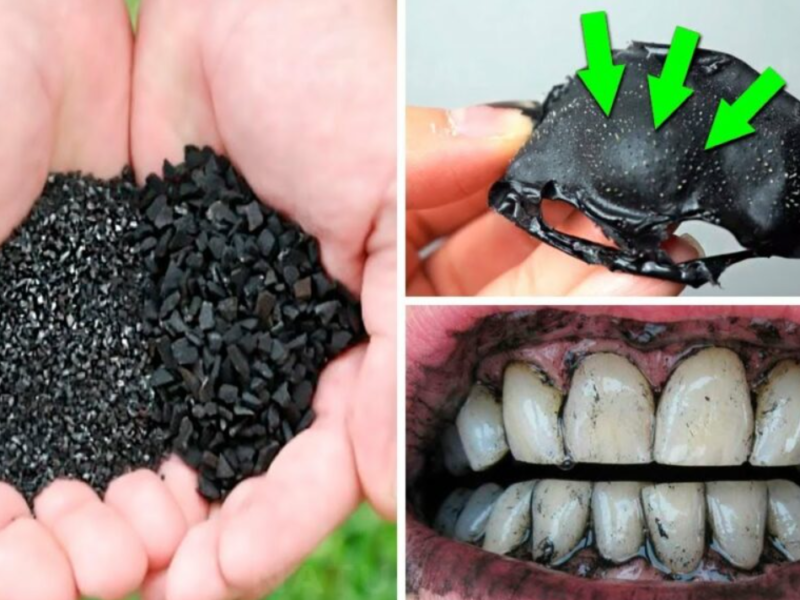In order to control discomfort and stop more deformity, bunions—bony lumps that develop on the joint at the base of your big toe—can be fixed in a number of ways. Although there are surgical treatments for severe cases, conservative, non-surgical therapies can provide relief for many patients. This simple five-step strategy can help you manage bunions:
Step 1: Proper Footwear
Select the Proper Shoes:
- Put on shoes with a large toe box and that fit correctly. Shoes that are too tight or have high heels should be avoided since they might make the issue worse by forcing the toes into an abnormal position.
- For added comfort, look for shoes with velcro straps that can be adjusted and made of soft materials.
Step 2: Devices for Orthotics
- Put on cushioned shoe inserts:
- In order to lessen your pain and stop your bunions from growing worse, orthotics can assist distribute pressure evenly while you move.
- Custom-made or over-the-counter orthotic devices can be especially useful. To determine the best course of action, speak with a podiatrist.
Step 3: Pain Management
Control Swelling and Pain:
- To lessen swelling and discomfort, apply ice packs to the bunion for 20 minutes at a time, multiple times a day. To prevent direct skin contact, always wrap the ice pack in a cloth.
- To aid with pain and inflammation, think about using nonsteroidal anti-inflammatory medicines (NSAIDs) such naproxen or ibuprofen. For advice on proper usage, speak with your physician.
Step 4: Pads for protection
Employ Bunion Pads:
- Your foot can be protected from shoe-induced irritation by bunion pads. The majority of pharmacies sell these pads, which are usually composed of felt or gel.
- Make sure the pads fit comfortably in your shoes and are positioned correctly.
Step 5: Stretches and Exercises
Stretching and Strengthening Activities:
Engage in activities that can help keep joints mobile and avoid arthritis or stiffness. Among the beneficial exercises are:
- After five seconds of pointing your toes straight ahead, curl them under for another five seconds. Do this ten times.
- For a few seconds at a time, place your big toe against something and push against it.
- Toes should be spread wide, held, and then clenched. Do this multiple times.
Extra Advice:
- Keep an eye on your bunions’ dimensions and form on a regular basis. See a healthcare professional if your symptoms worsen or if you observe any notable changes.
- Another way to lessen the strain on your feet is to maintain a healthy weight.
- Surgery may be required if the bunion is causing serious foot deformity or if the pain is ongoing. Speak with a podiatrist or orthopaedic surgeon about these choices to learn about the advantages and disadvantages.
It takes a mix of appropriate footwear, orthotics, pain management, and foot exercises to effectively manage bunions. Bunions cannot be cured by following these procedures, but they can help reduce symptoms and stop the illness from getting worse. Surgery can be an option for people looking for a long-term fix. For information relevant to your circumstances, always seek the opinion of a healthcare professional.
After reading this text you can also read about: Eat Garlic, But Avoid These 6 Common Mistakes



